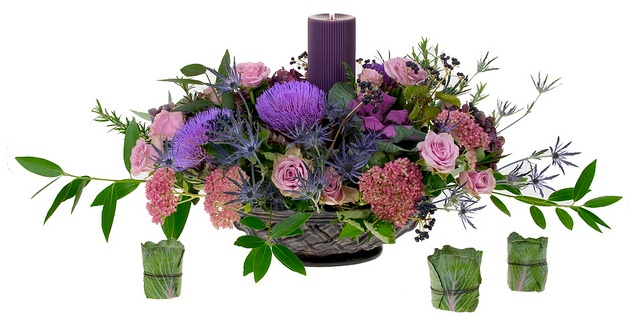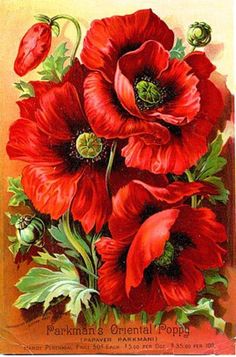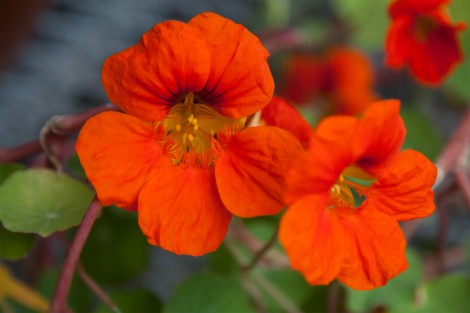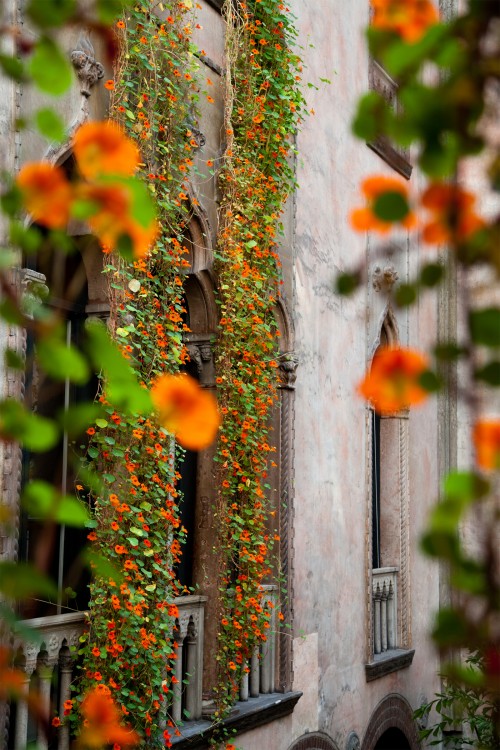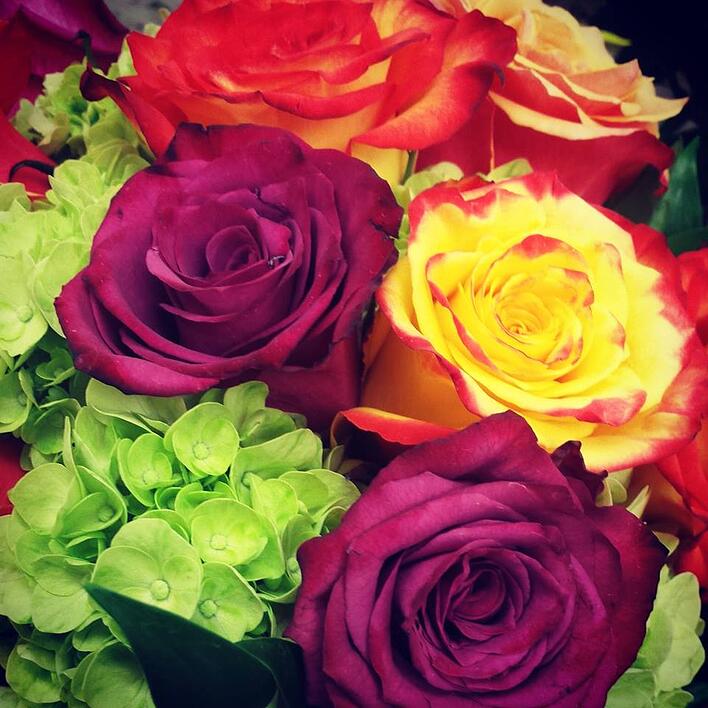Facebook is the number #1 leading social media site, propelling millions upon millions of account users to post updates, share links and upload photos that reflect their everyday life and interests. If you’re reading this, your probably one of us and understands this as pretty much a truth pertaining to your daily routine. Checking in, “liking” or even just casually scrolling down the feed, browsing our “friends” pages has become a way to keep in touch and pass along ideas and feelings that affect us and the world we live in. This new form of communication efficiently links us together, forming one big network of information. Plus- it’s a lot of fun, too!
So what does this have to do with a blog dedicated to flowers?

Recently I came across a post by a friend that featured a picture and a lovely saying, decorated with illustrated pink poppies. The message simply read, “AND the DAY CAME when the risk to remain in a TIGHT BUD was more painful than the RISK it took to BLOSSOM.”

Sweet, right? The point of the quote is straight forward enough which conveys encouragement to the take leaps to grow because the fear of doing so becomes more hurtful to stay the same than the bravery do go ahead and try.

I love it. The post did exactly what it was meant to do and that was to give me the little extra boost I may have needed for the day. So if you’re one of the many faithful Facebook users who are into this sort of thing, here are a few more inspiring thoughts thematic after flowers!




